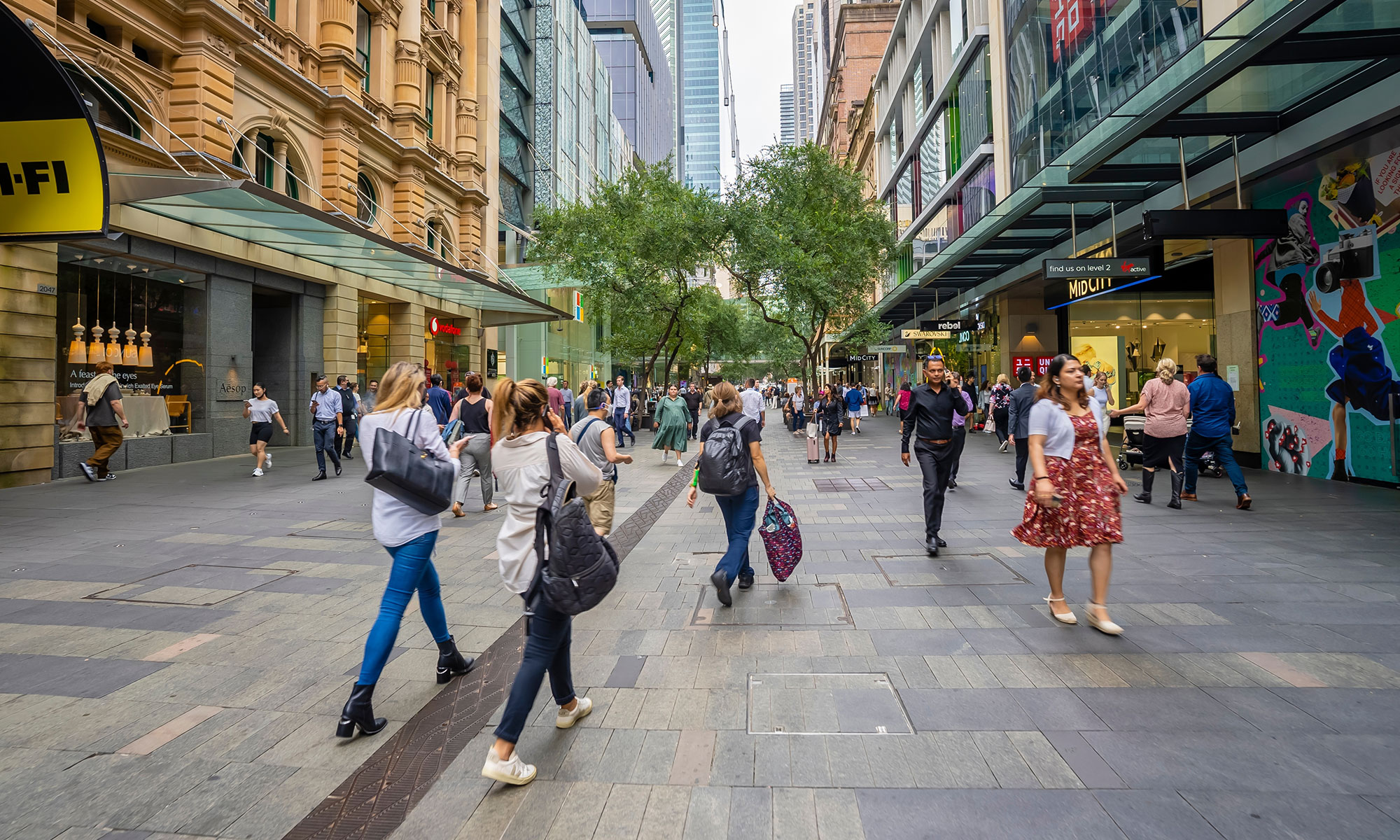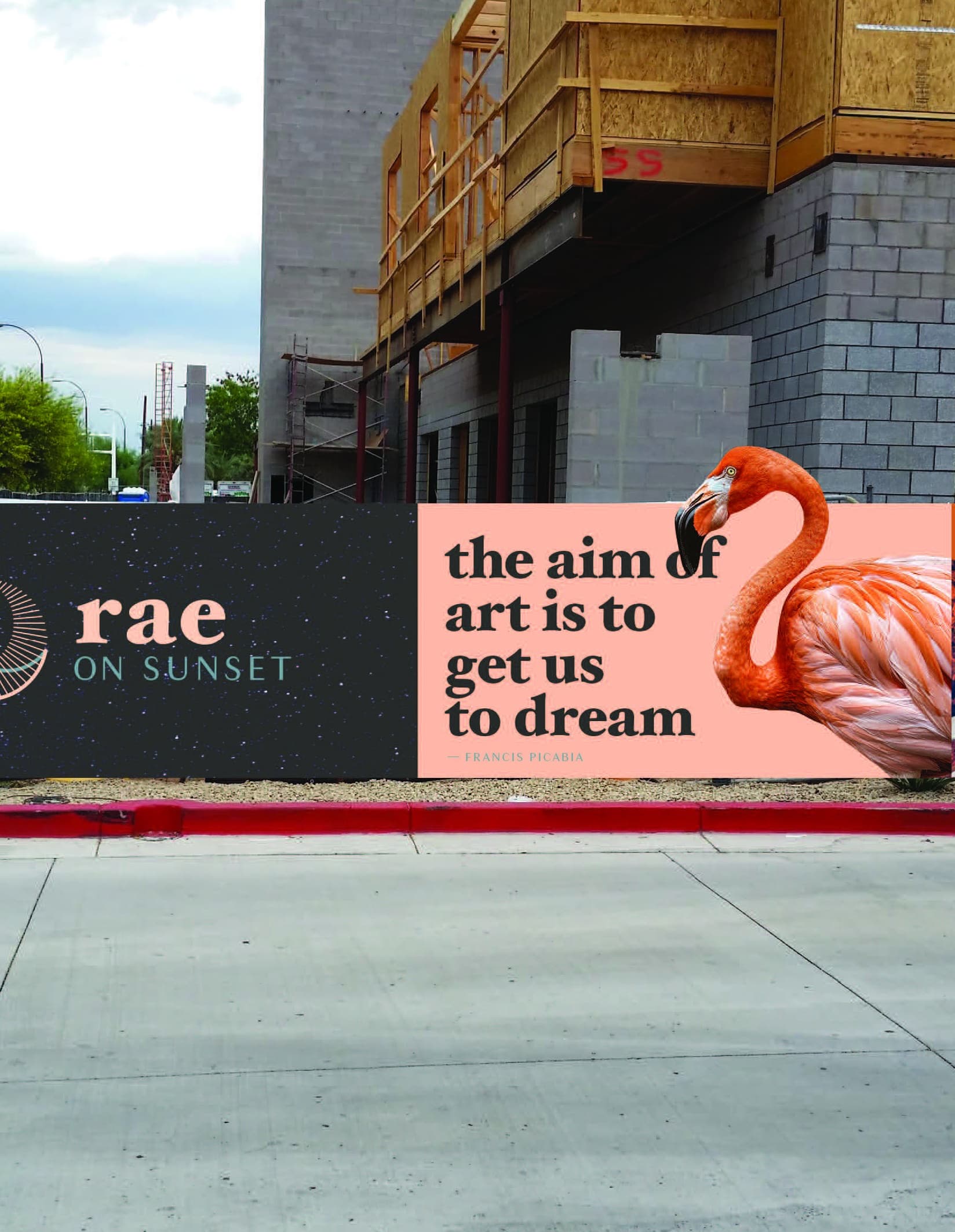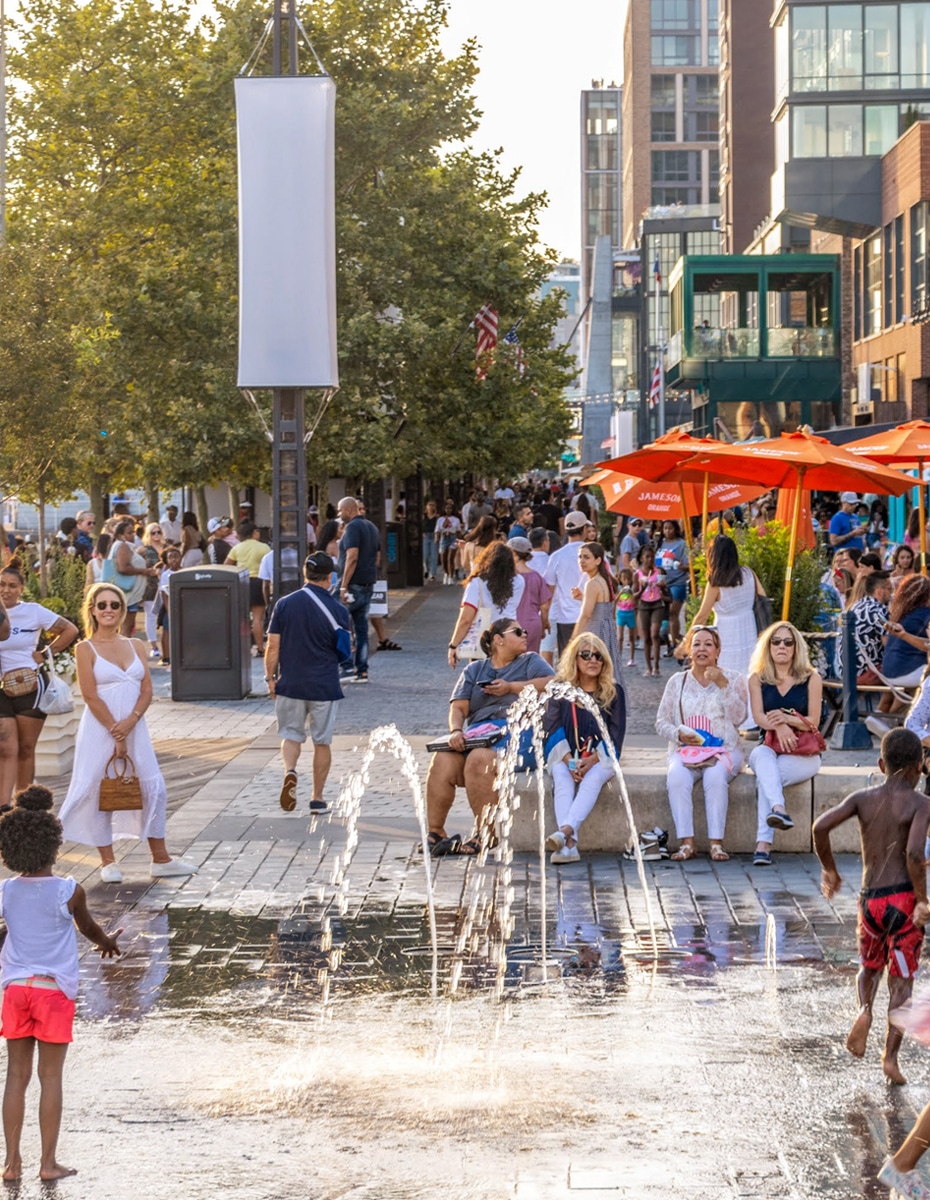Managing Director,
Public Non-Profit Solutions
Do you help influence or direct zoning and planning decisions for your downtown or commercial district environments? Well then this list is for you!
First, it should go without say that demand and consumer spending are not infinite. Simply put, stores flourish when there are enough people to support them. Let’s start with that assumption!
DO reinforce concentrated and targeted areas of retail activity. Did you know that even the most successful and vibrant commercial streets average between 6-7 blocks of retail, tops. In our award-winning Vibrant Streets analysis completed for Washington D.C., which collected data on some of the most iconic shopping streets worldwide, we found that on average, these shopping districts included only about 6-7 blocks of concentrated retail offerings. While some districts had up to 12 blocks of offerings, others were as little as two blocks long – two GREAT blocks – but two blocks none the less. So, stop, stop, stop building new retail space if you’ve already reached this threshold. Please.
DO NOT build more ground floor space than you can reasonably fill or support. Not only will it be difficult to fill, but those spaces that are eventually occupied will undermine the viability of existing areas of retail concentration.
DO resist the impulse, when talking about a new building in your district, to utter the words “that would make a great coffee shop”. This is especially true when that new building is not located anywhere near any other retail offerings. Orphaned retail spaces in areas set off from an established commercial district are often a recipe for failure. Give businesses the opportunity to succeed by supporting clusters with other businesses that share similar customers. This encourages cross-shopping and makes a destination ultimately more appealing to visitors because they’ve got more to do, see and experience during their visit.
DO NOT force retail where retail does not want to be. We do businesses a great disservice by building subpar spaces with visibility, access, or a limited customer base. To add insult to injury, the businesses most likely to locate in these locations are often those without the wherewithal to make data informed decisions. They are too frequently undercapitalized small businesses whose owners pour their life savings into a venture based on a spirited and optimistic vision of what is possible. So, what happens when the location they found fails to divert the eye, or lack of robust marketing fails to overcome the impediment of a subpar location? A failed business or a vacant space is not our idea of success.
And finally….
DO NOT overestimate how much new residents will spend in your local stores. The incremental demand of a new household for goods and services that might be purchased locally is infinitely smaller than most people assume. Take grocery stores, for example. While a new household may spend anywhere from $4,000 to $14,000 annually on groceries, not every dollar they spend on groceries will be spent at any single store. Let’s assume a local grocer generously captures 75% of new household spending. To generate $14 million annually, which is what the average 45,000 sf grocery store generates, you would need between 1,300 to 4,700 new residents. Now that is some food for thought.
Of course, for every do or don’t, there are of course exceptions. That said, we do believe that these simple rules of thumb will help prevent further communities from committing the cardinal sin of retail, requiring too much of it and then wondering why so much of it remains vacant!
Our Public Non-Profit team expertly develops place-based strategies on behalf of local, state, and federal government entities and nonprofit place-management organizations—offering communities innovative, research-driven answers to place-based challenges; while our Urban Design experts are a team of architects and urban planners specializing in crafting the spaces between buildings, with physical strategies to define a compelling context and stimulate on-site experiences. Dive into our full-scale strategic planning services for a public project—Union Square Alliance in San Francisco—here.
BACK TO LATEST







